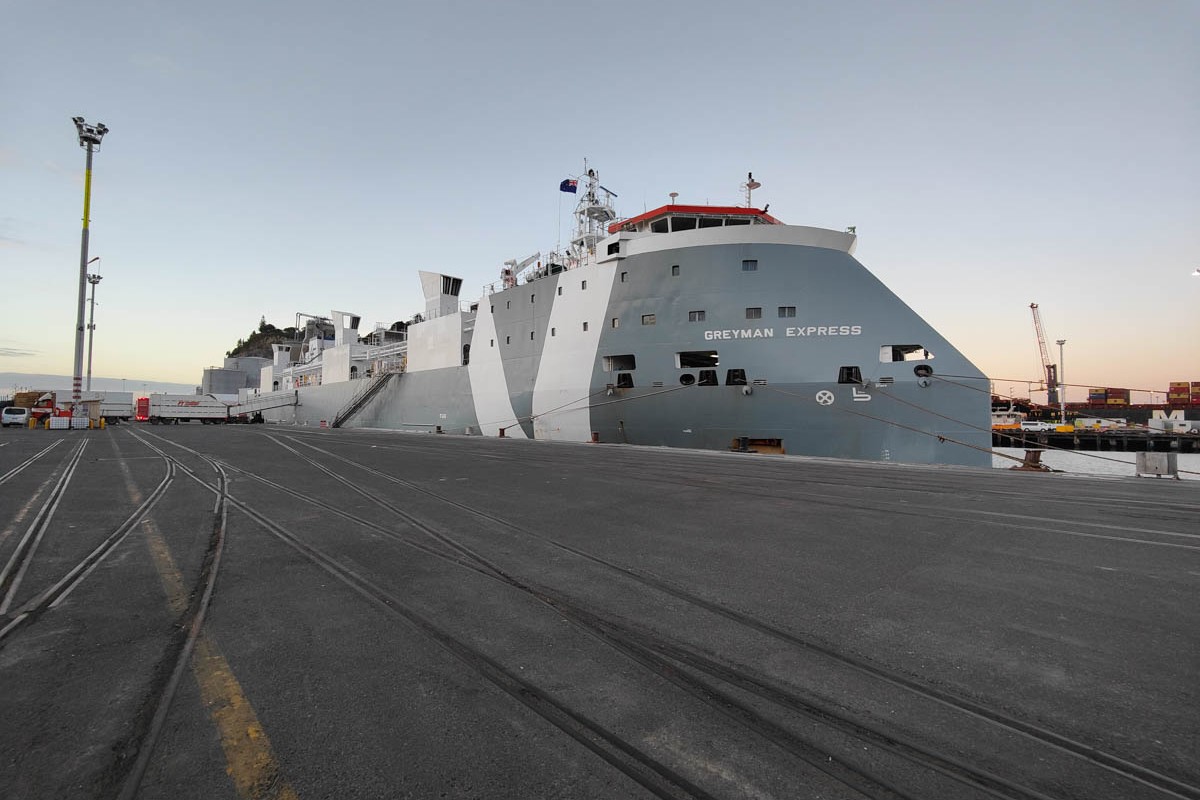Keri Johnston
Last year the Government released its “Action for Healthy Waterways” discussion document. It outlined the much-anticipated, proposed changes to our national freshwater management framework. The document resulted in more than 12,000 submissions being received for consideration by a Government appointed expert panel.
The recommendations by the expert panel were approved by Cabinet and released at the end of May. They are essentially a suite of broad policies that are final, and so no further opportunity exists to have input on them. It would be fair to say that the overall result is a much more balanced, practical suite of changes but there is still a lot of detail to come, as discussed later, and the odd quirk that wasn’t expected.
The broad policies are as follows:
- Councils will be able to maintain water quality attributes below the national bottom line to “secure the benefits” of the existing structures in the Waikato, Tongariro, Waitaki, Manapouri, and Clutha hydro schemes.
- Limits and how they are to be expressed will be defined in planning documents.
- Water quantity limits must be linked to ecosystem health outcomes.
- Territorial authorities will be required to manage the effects of urban land development on freshwater bodies and coastal marine environments.
- Clarification of what Te Mana o Te Wai means and how it is to be implemented, both nationally and regionally.
- Councils will be required to involve tangata whenua actively in council processes for policy and plan development and decision making.
- Regional council policies and plans must include mahinga kai as a value.
- Amendments ensure that regional authorities manage all aspects of ecosystem health, not just water quality and quantity.
- New attributes with national bottom lines:
- – Macroinvertebrates
- – Submerged plants in lakes
- – Dissolved oxygen
- – Suspended sediment
- – Deposited sediment
- – E. coli at swimming sites during the bathing season.
- New attributes without national bottom lines:
- – Fish species
- – Ecosystem metabolism
- – Dissolved reactive phosphorus.
- Existing national bottom lines for nitrate and ammonia toxicity attributes will be strengthened to protect 95% of species from toxic effects. Exceptions to this will be allowed in specific areas of the Pukekohe and Lake Horowhenua catchments because of their contribution to national food security (vegetable production).
- From mid-2020, technical standards, methods, and requirements for activities affecting streams and wetlands and the surrounding vicinity will be prescribed. This will include vegetation clearance, earthworks (including for drainage), and changes to water levels. Resource consents will be required for most of these activities.
- From mid 2020, minimum design standards for new weirs and culverts must provide for fish passage. Passive flap gates will be a non-complying activity. Regional councils will be required to gain information on current structures and adopt work programmes to address barriers to fish migration.
- Until 31 December 2024 resource consents will be required for:
- – land-use change of more than 10ha to dairying
- – land-use change of more than 10ha from woody vegetation or forestry to pastoral farming
- – increases in irrigated pasture for dairy farming above 10ha
- – increase in winter forage cropping area above annual highest 2014/15 – 2018/19
- – increase in dairy support activities above highest annual 2014/15 – 2018/19.
- From July 2021 there will be a national maximum of synthetic nitrogen fertiliser application of 190kg of nitrogen per hectare per year for dairy, dairy support, sheep, beef, and deer farming. Dairy farmers must report applied amounts to councils.
- From winter 2021, if you are winter grazing on areas that exceed the following thresholds you will require a resource consent:
- – 50ha or 10% of property area (whichever is larger) is used for winter grazing
- – setback of five metres from waterways
- – average slope of paddock 10 degrees
Farm plans will be required for:
- – pastoral farming totalling 20ha or more
- – arable farming totalling 20ha or more
- – horticulture totalling 5ha or more
- – an agricultural purpose prescribed in the regulations (not yet determined)
- – any combination of the above uses totalling 20ha or more.
Water users with consents to take more than five litres per second will be required to measure water use every 15 minutes and provide electronic records to councils daily.
Notably missing is the national bottom line for dissolved inorganic nitrogen (DIN). The proposal for a limit of 1mg/L and caused a huge amount of debate. It has been kicked for touch and the need for a DIN limit will be reassessed in the future. Also kicked for touch is water allocation and iwi rights and interests. This is not a surprise – a complex, fraught debate that no government to date has had the balls to address.
The nitrogen fertiliser cap was one of the quirks. What they are hoping to achieve with this I am not sure. You can reduce its use but making up the feed shortfall requires supplementary feed, which is a form of imported nitrogen, so you reduce nitrogen in fertiliser only to replace it in imported feed. Nonsensical.
So, what happens next? Some of the specific regulations are still to be drafted, including the National Policy Statement for Freshwater Management and National Environmental Standards. Councils must give effect to these new documents by 31 December 2024. It is indicated that there will be consultation with stakeholder groups (for instance, in relation to the requirements for mandatory farm plans with freshwater modules), but the regulations are due to be presented to Cabinet for consideration in July so there is not a lot of time. As is often the case the devil can be in the detail, so there may still be some sting in the tail in the drafting of the regulations.
Watch this space.
- Keri Johnston is an environmental engineer with Irricon Resources.





